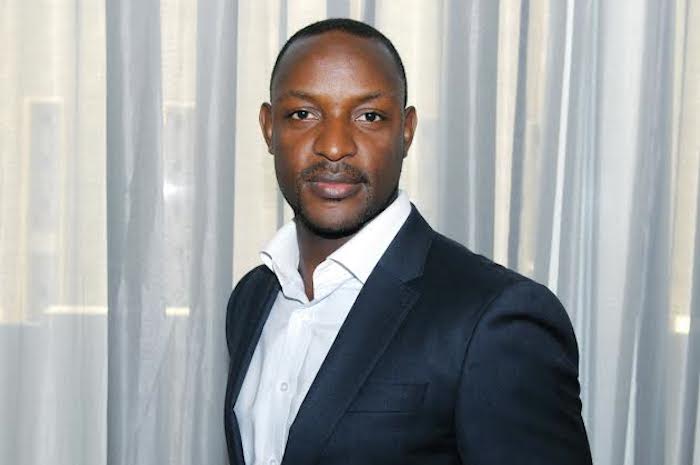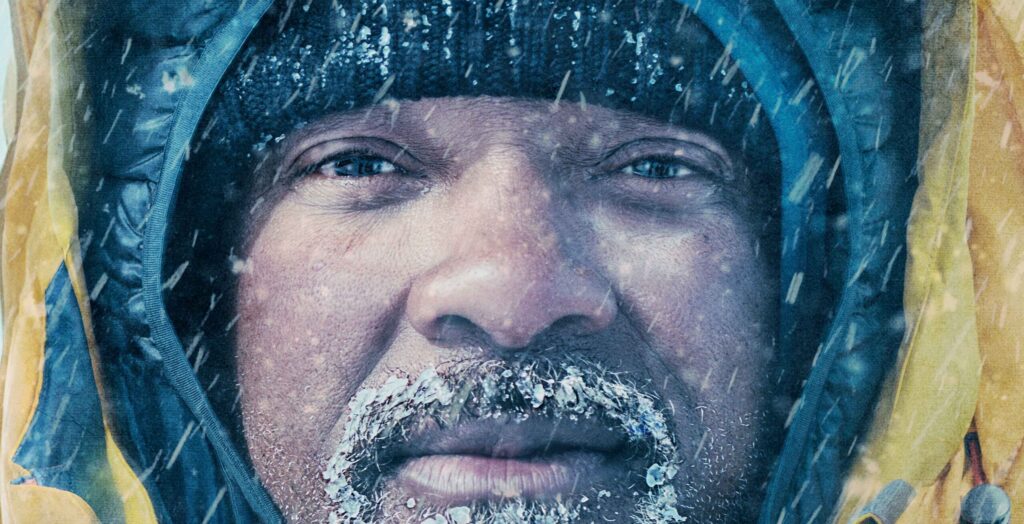Usually, around this time of the year, some colleagues and I peer into our crystal balls to predict the year ahead in media and advertising across the MENA region. This year, I’m taking a slightly different approach. Without a doubt, I will peruse the countless predictions and forecasts, discussing with others what they mean for businesses and brands. Some of these predictions are truly insightful. Others, however, are pretty disappointing, as they’ve been on the forecast list for years, lurking like a multiple-Oscar nominee with no Oscar.
I’m finding great value in looking at the broader business context and all the challenges across social, political and economic aspects of the region. My cheat list is The Year Ahead summary in Bloomberg Businessweek and any trend list on Wired or Mashable, all bite-sized and illustrated for light reading. After a while, though, I do get the sneaky suspicion that something very left-field is going to come and blow all predictions and forecasts away, or challenge them in unimaginable fashion. For me, that’s the most exciting aspect of the year ahead: all the things you can’t even begin to predict. Hence, I’m looking at the next 12 months in a slightly different way. Having recently launched Future Tech Media, my considerations lay primarily on a trio of factors.
Regional growth and stability
The focus remains on the growth in the Middle East and Africa – two regions with great opportunities but also great challenges – particularly in lead markets, namely the UAE and Nigeria. The UAE is, as always, managing a fine balancing act between growing multi-sector economic growth, and maintaining its status as a safe haven for investments and people amidst regional uncertainties. At a forecasted 2015 economic growth of 4.5 percent and a digital advertising year-on-year growth estimate in excess of 25 percent, its outlook is stable. The rest? Frankly, I can’t even begin to pretend to understand.
Nigeria now has the biggest economy in Africa with the largest population, but faces some challenges in the context of presidential elections this month and falling oil* prices (*this is where I pretend to know the difference between Brent crude and Bonny light). Although its 2015 economic growth forecast has now been downgraded from 6.5 percent to 5.5 percent, with a year-on-year growth of over 55 percent in 2014, bar Vietnam, Nigeria the fastest growing digital advertising market in the world.
The connected world and advertising
It used to be that we simply talked about digital and the online world. Then, it became digital and social, then, digital, social and mobile, plus content, plus wearables. You get the drift. Bringing it all back, I’m generally interested in any device that is connecting people, wired or not, and one that has mass adoption driving critical mass. Some people call it the “tipping point”.
Connected penetration will grow, whether via the mobile mobility boost or a network of balloons in space – think Project Loon, which, started by Google as an experimental pilot in June 2013, consists of a network of balloons travelling on the edge of space, and is designed to connect people in remote and rural areas with no Internet. In advanced economies, this means that more people are connected. In emerging and developing economies, it means that many people will join the connected world and experience the freedom and functionality of the Internet for the first time.
Digital and connected advertising will be, of course, hot on the heels of a more connected world as devices and connectivity become the norm. However, the question is: will it grow in emerging markets in a different and disruptive form, or following global patterns? I hope to see more regionally-led innovations and startups, like personal finance app Wally in MENA, and shopping apps Jumia and Konga in Nigeria. I’m also keeping my eye on Facebook’s Internet.org app, as well as on its approach to advertising made for ‘dumb’ phones.
Innovation and uncertainty
The global consumer electronics and technology tradeshow, International CES, would have just ended. It’s a hotbed of all the new technology, trends and development in the connected world in one place. And, although it’s an amazing spectacle, I now tend to think of innovation more practically. It’s about pushing the right boundaries to drive a sometimes unpredictable solution, continuously experimenting and responsive to change – sometimes even before it happens.
No one has a crystal ball to tell us what the year holds. At best, we have the equivalent of an adaptive car headlight that can just about see around corners, but we are still the drivers. One thing is certain though. And it’s that we will experience change in 2015 faster than expected, but slower than predicted. If you can unravel that mystery, then good luck to you.
PS: the connected trend list #Programmatic #micro-payment/micro-content/micro-targeting #internet-of-things #3rd-dimension #wearables #unwearables? #DarkSocial #deepdeepdata #contextual #brands-as-agencies #agencies-as-publishers #connectedeverything (homes, offices, cars) #cloud #people-based-marketing #virtual-shopping-working-gaming






